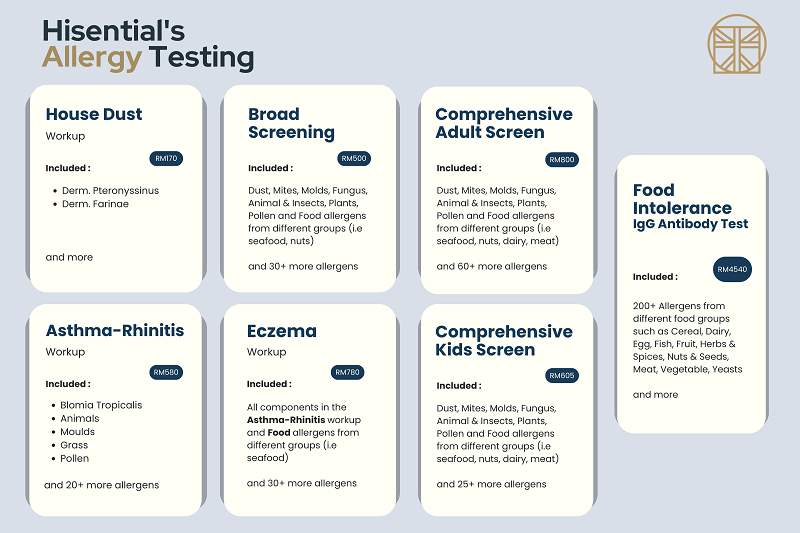Today, we’re diving into a topic that often causes confusion: the difference between food allergy testing and food intolerance testing.
A food allergy is an immune system response where the body mistakenly identifies a food protein as harmful and reacts by releasing chemicals like histamine. This can lead to symptoms such as hives, swelling, difficulty breathing, and in severe cases, anaphylaxis.
On the other hand, food intolerance, also known as food sensitivity, is a digestive system response where the body has difficulty digesting a particular food. This can lead to symptoms like bloating, stomach pain, gas, and diarrhea. A common example of food intolerance is lactose intolerance, where individuals have difficulty digesting lactose, a sugar found in milk and dairy products.
FOOD ALLERGY TESTING
When it comes to food allergies, the immune system’s response to specific proteins in food is at the heart of the issue. These immune-mediated reactions can trigger a range of symptoms, from mild discomfort to severe and potentially life-threatening anaphylaxis.
Food allergy testing primarily involves three methods:
- Skin Prick Tests: This widely used diagnostic method involves applying small amounts of allergenic extracts to the skin, followed by gentle pricking to allow the allergens to penetrate the skin. The appearance of raised, itchy bumps called wheals at the test location indicates an allergic response.
- Blood Tests: By measuring specific immunoglobulin E (IgE) antibodies in the blood, these tests accurately identify allergens responsible for triggering allergic reactions. IgE-specific blood tests provide key insights into the immune system’s response to specific allergens.

FOOD INTOLERANCE TESTING
Food intolerances, on the other hand, are non-immune-mediated adverse reactions to certain foods or components within them. These reactions typically arise from difficulties in digestion or metabolism, rather than involving the immune system’s response.
SEVERAL APPROACHES ARE EMPLOYED FOR FOOD INTOLERANCE TESTING:
- Elimination Diet and Food Diaries: This comprehensive approach involves the systematic removal of suspected food items from the diet, followed by a gradual reintroduction to identify problem foods. Concurrently, maintaining a detailed record of food intake and associated symptoms can provide valuable insights into patterns and potential food intolerances. By monitoring symptoms during each phase and analyzing your food diary, healthcare professionals can effectively pinpoint specific triggers and identify problematic food.
Read more : allergy test malaysia








